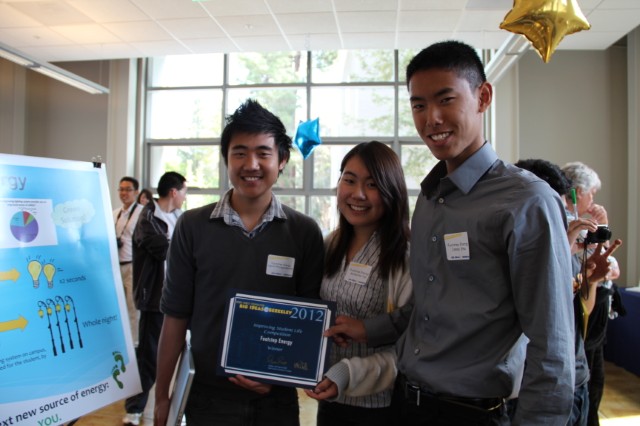
In a survey of 132 students about 84% of them agree that a better campus-wide lighting system will increase their sense of safety at nighttime. Footstep Energy provides an interactive renewable-resource solution utilizing the human footstep to generate electricity. When a person walks, there are vibrations between the footsteps and the road surface. This project is aimed to capture and convert that kinetic energy into electricity. This would involve paving piezoelectric tiles into the ground of the busiest areas of campus, which also need an improved lighting system, such as VLSB and Faculty Glade. When a person steps on the surface of the tile, the compression on the piezoelectric material creates voltage to generate electricity. Higher foot traffic will generate more electricity through the Direct Piezoelectric Effect, which can be stored and used at night. UC Berkeley’s 35,838 students give the campus the ability to utilize footstep energy.

